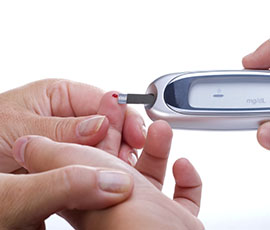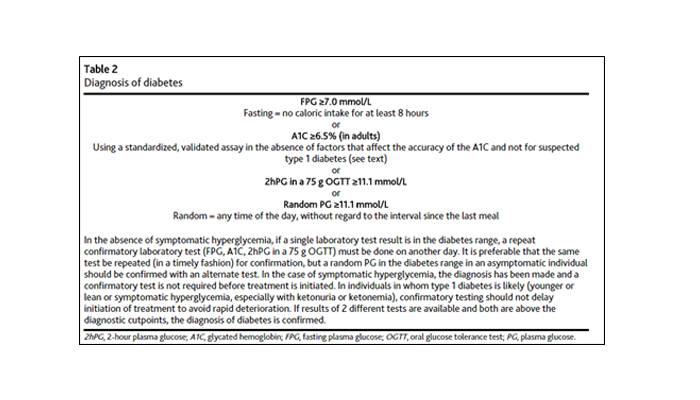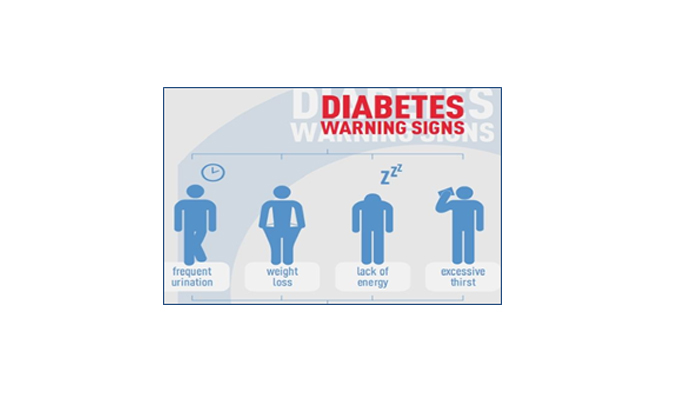 Recent estimates indicate there were 171 million people in the world with diabetes in the year 2000 and this is projected to increase to 366 million by 2030¬.
Recent estimates indicate there were 171 million people in the world with diabetes in the year 2000 and this is projected to increase to 366 million by 2030¬.
Diabetes is a condition primarily defined by the level of hyperglycemia giving rise to risk of microvascular damage (retinopathy, nephropathy and neuropathy).
It is associated with reduced life expectancy, significant morbidity due to specific diabetes related microvascular complications, increased risk of macrovascular complications (ischaemic heart disease, stroke and peripheral vascular disease), and diminished quality of life. The American Diabetes Association (ADA) estimated the national costs of diabetes in the USA for 2002 to be $US132 billion, increasing to $US192 billion in 2020.
Diabetes mellitus is a metabolic disorder characterized by the presence of hyperglycemia due to defective insulin secretion, defective insulin action or both.
The chronic hyperglycemia of diabetes is associated with relatively specific long-term microvascular complications affecting the eyes, kidneys and nerves, as well as an increased risk for cardiovascular disease (CVD).
The diagnostic criteria for diabetes are based on thresholds of glycemia that are associated with microvascular disease, especially retinopathy.
Risk Factors
1. Diabetes runs in your family.
2. Prediabetes. That means your blood sugar level is above normal but you don't have the disease yet.
3. You're not physically active.
4. Overweight
5. Heart disease.
6. High blood pressure.
7. Your "good" cholesterol level is low. It's too low if it's less than 35 mg/dL (milligrams per deciliter).
8. Triglyceride level is high. It's too high if it's over 250 mg/dL.
10. Polycystic ovary syndrome.
11. 45 o >.
12. Hispanic, African-American, Native American, or Asian American.
Classification of Diabetes
The classification of type 1 diabetes, type 2 diabetes and gestational diabetes mellitus (GDM)

Diagnostic of Diabetes
The diagnostic criteria for diabetes

Symptoms of Diabetes:

Some of the signs commonly experienced include:
•Frequent urination
•Excessive thirst
•Increased hunger
•Weight loss
•Tiredness
•Lack of interest and concentration
•A tingling sensation or numbness in the hands or feet
•Blurred vision
•Frequent infections
•Slow-healing wounds
•Vomiting and stomach pain (often mistaken as the flu)
The development of type 1 diabetes is usually sudden and dramatic while the symptoms can often be mild or absent in people with type 2 diabetes, making this type of diabetes hard to detect.
Treatment
•Weight Loss Surgery and Type 2 Diabetes
•Natural Remedies for Type 2 Diabetes
•Non-Insulin Diabetes Injectables
•Oral Diabetes Medications
•Insulin
•Diet
•Exercise
•Stem Cells.
Treatment with stem cells for diabetes:
•Doug Melton, who led the work for treatment of diabetes with stem cells from de Harvard Institute and who 23 years ago, when his then infant son Sam was diagnosed with type 1 diabetes, dedicated his career to finding a cure for the disease, said he hopes to have human transplantation trials using the cells to be underway within a few years.
“We are now just one pre-clinical step away from the finish line,” said Melton in October of 2014, whose daughter Emma also has type 1 diabetes.
The generation of insulin-producing pancreatic β cells from stem cells in vitro would provide an unprecedented cell source for drug discovery and cell transplantation therapy in diabetes.
•Elaine Fuchs, the Rebecca C. Lancefield Professor at Rockefeller University, and a Howard Hughes Medical Institute Investigator who is not involved in the work, hailed it as “one of the most important advances to date in the stem cell field, and I join the many people throughout the world in applauding my colleague for this remarkable achievement.

Av. Masferrer South. Urb. Maquilishuat No. 1006. San Salvador, El Salvador. CA.
(503) 2268-5999 Fax. 2268-5910
www.stemcell-elsalvador.com - info@stemcell-elsalvador.com